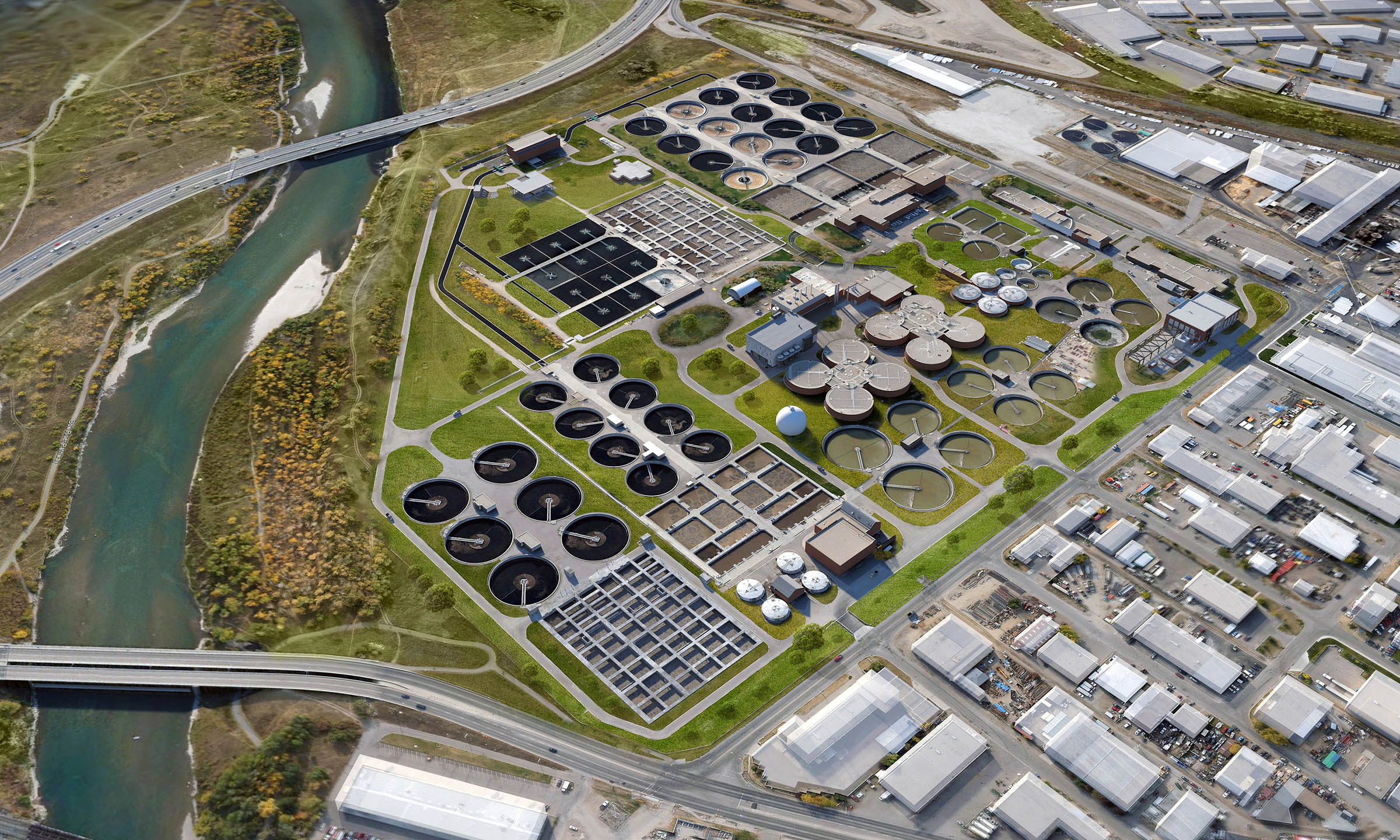Advanced Waste Water Treatment Solutions for Lasting Water Monitoring
Advanced Waste Water Treatment Solutions for Lasting Water Monitoring
Blog Article
Strategic Approaches to Improve Drainage Treatment Effectiveness and Minimize Environmental Influence
In the realm of drainage treatment, the mission for improved effectiveness and reduced environmental impact is a perpetual difficulty that requires critical options. As culture faces the imperative to manage water resources sustainably, a nuanced strategy comes to be necessary. The combination of sophisticated therapy modern technologies, energy-efficient processes, source healing methods, improved nutrient elimination strategies, and smart tracking and control systems stands for a diverse framework for resolving these pressing concerns. Nevertheless, what lies at the core of this complex internet of approaches is the potential to change the method we come close to drainage treatment, not just as a process of disposal, yet as a valuable possibility for advancement and ecological stewardship.
Advanced Therapy Technologies
Innovative membrane purification systems have transformed advanced wastewater treatment processes, substantially enhancing the removal of impurities. These innovative systems function forcibly water via a semi-permeable membrane layer, properly separating pollutants from the water stream. The membrane's microscopic pores trap pollutants such as microorganisms, infections, and put on hold solids, enabling just purified water to travel through. This innovation has confirmed to be extremely efficient in eliminating a vast array of contaminants, consisting of drugs, heavy steels, and natural compounds, which are often challenging to remove with traditional treatment methods.
Moreover, membrane layer purification systems provide various benefits over standard treatment strategies. Furthermore, these systems are extremely versatile and can be easily integrated into existing treatment plants or used as standalone units for decentralized applications.
Energy-Efficient Procedures
The assimilation of energy-efficient procedures in wastewater treatment systems is crucial for maximizing source utilization and minimizing functional costs. By implementing energy-efficient modern technologies, therapy plants can dramatically lower their carbon impact and general ecological effect. One crucial method to boosting energy performance in wastewater treatment is the usage of advanced aeration systems, such as great bubble diffusers or surface area aerators, which can improve oxygen transfer performance and decrease power intake. Additionally, integrating power recuperation systems, like anaerobic digestion for biogas production or using excess warmth for thermal processes, can help balance out power needs and promote sustainability.
Furthermore, optimizing procedure control and automation through making use of innovative sensors and checking systems can improve general energy performance by adjusting procedures in real-time based on actual need and problems. Implementing energy audits and regularly keeping track of energy performance indications are essential methods to identify areas for enhancement and track energy-saving efforts efficiently. In general, the adoption of energy-efficient procedures in wastewater therapy not only benefits the setting yet likewise contributes to long-term price financial savings and operational sustainability.
Resource Healing Approaches
With an emphasis on enhancing resource usage and sustainability in wastewater treatment systems, the implementation of resource healing strategies becomes a crucial aspect in improving functional performance. Source recuperation strategies in wastewater therapy entail the identification and extraction of useful sources from the waste stream, consequently transforming what was once taken into consideration waste right into an important asset. By executing resource recuperation techniques such as nutrient removal and healing, power generation from raw material, and the production of recyclable water, wastewater treatment plants can minimize ecological impact while taking full advantage of efficiency.

Improved Nutrient Elimination Techniques
Applying innovative nutrient elimination strategies is vital for enhancing the performance of wastewater treatment systems. One of the essential techniques used for boosted nutrient removal is the procedure of biological nutrient elimination (BNR), which entails the removal of nitrogen and phosphorus through biological procedures.

Along with BNR, progressed therapy approaches such as membrane bioreactors (MBRs) and constructed marshes can additionally be utilized to improve nutrient removal efficiency. MBRs use membrane layers to attain top quality effluent requirements by successfully eliminating nutrients and put on hold solids. Constructed wetlands mimic all-natural marsh processes to eliminate nutrients through plant uptake, microbial activity, and sedimentation. By incorporating these sophisticated nutrient removal techniques into wastewater therapy markets, systems find this and districts can efficiently decrease nutrient air pollution and safeguard the atmosphere.
Smart Monitoring and Control Equipment
Making use of innovative technology, the combination of clever monitoring and control systems transforms the functional efficiency of wastewater treatment centers. These systems integrate sophisticated sensing units and information analytics to continuously check essential parameters such as pH degrees, turbidity, dissolved oxygen, and circulation rates in real-time. By gathering and evaluating this data, operators can gain valuable understandings into the efficiency of the treatment procedures, allowing proactive adjustments to maximize treatment performance.
Smart monitoring and control systems also support remote monitoring abilities, allowing drivers to accessibility real-time information and visit the site control functions from off-site places. This remote availability improves operational versatility and responsiveness, enabling swift interventions in instance of system breakdowns or changes in influent top quality. The predictive maintenance capacities of these systems help avoid tools failures and reduce downtime, inevitably boosting the overall integrity of wastewater treatment operations.
Final Thought
To conclude, calculated strategies such as sophisticated treatment modern technologies, energy-efficient procedures, resource recuperation strategies, improved nutrient elimination methods, and clever tracking and control systems play a crucial duty in boosting wastewater treatment performance and minimizing find more information ecological influence. By carrying out these methods, wastewater therapy plants can boost their overall efficiency, lower power consumption, recoup useful sources, and ensure compliance with ecological guidelines. These methods are vital for lasting and effective wastewater monitoring methods.

In conclusion, strategic methods such as advanced therapy technologies, energy-efficient procedures, source healing strategies, improved nutrient removal techniques, and clever monitoring and control systems play a vital duty in boosting wastewater treatment performance and reducing environmental influence.
Report this page